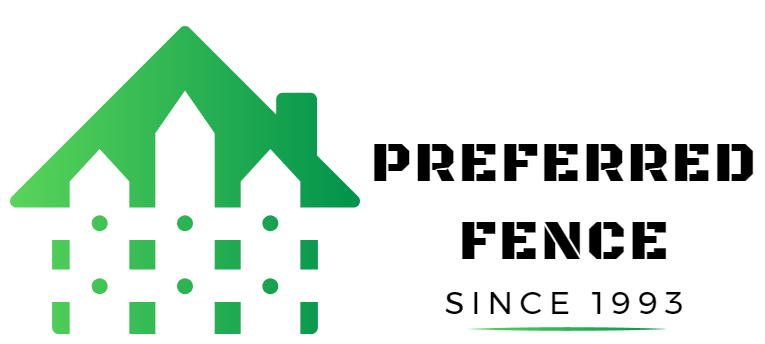The Timeless Allure of Picket Fences: A Nostalgic Journey Through History
February 19, 2024
Preserving Tradition, Security, and Charm in Modern Landscapes
Picket fences: they evoke images of quaint neighborhoods, charming cottages, and the idyllic American Dream. With their iconic white-painted slats and pointed pickets, picket fences have been a staple of suburban landscapes for centuries, embodying a sense of tradition, security, and timeless elegance.
A Brief History
The origins of picket fences can be traced back to 17th-century Europe, where they were initially used as decorative elements around English country estates and village homes. The design, characterized by evenly spaced vertical slats (or pickets) attached to horizontal rails, was both practical and aesthetically pleasing, offering a simple yet effective barrier to delineate property boundaries and keep livestock from wandering.
Symbolism and Significance
Over time, picket fences became synonymous with the American Dream, representing the ideals of home ownership, stability, and community. They adorned the front yards of suburban homes across the United States, serving as a visual symbol of safety, prosperity, and domestic bliss. The "picket fence lifestyle" became a cultural ideal, romanticized in literature, art, and popular media as a picturesque vision of suburban utopia.
Practical Benefits
Beyond their symbolic significance, picket fences offer a range of practical benefits for homeowners. Their open design allows for airflow and visibility while still providing a sense of enclosure and security. Picket fences are also versatile, coming in various heights, styles, and materials to suit different architectural preferences and landscaping needs. Whether you prefer the classic white-painted wood or the low-maintenance durability of vinyl, there's a picket fence option to enhance the curb appeal of any home.
Design Options and Variations
Picket fences come in a variety of styles and configurations, allowing homeowners to customize their fencing to match their personal taste and architectural style. Traditional designs feature evenly spaced pickets with pointed or rounded tops, while contemporary variations may include decorative elements such as scalloped edges, lattice panels, or arched gates. Additionally, picket fences can be installed at different heights to create visual interest and define property boundaries without obstructing views.
Maintenance and Care
While picket fences exude timeless charm, they do require some maintenance to keep them looking their best. Wood picket fences may need to be repainted or stained periodically to protect against weathering and decay, while vinyl picket fences can be cleaned with soap and water to remove dirt and debris. Regular inspections for loose or damaged pickets and posts are also essential to ensure the integrity and longevity of the fence.
Applications and Uses
Picket fences are not only reserved for suburban homes; they can also be used in a variety of other settings to add charm and character to outdoor spaces. From rural farmhouses and coastal cottages to urban townhouses and commercial properties, picket fences offer a versatile fencing solution that enhances the aesthetics and functionality of any environment. Whether you're looking to create a welcoming entryway, define a garden border, or enclose a pool area, picket fences provide a timeless and elegant solution.
Conclusion
In conclusion, picket fences are more than just a barrier; they are a symbol of tradition, security, and the American Dream. With their timeless appeal, practical benefits, and versatile design options, picket fences continue to be a popular choice for homeowners seeking to enhance the beauty and charm of their outdoor spaces. Whether you're drawn to the classic elegance of wood or the modern convenience of vinyl, a picket fence is sure to add a touch of nostalgia and sophistication to your home.
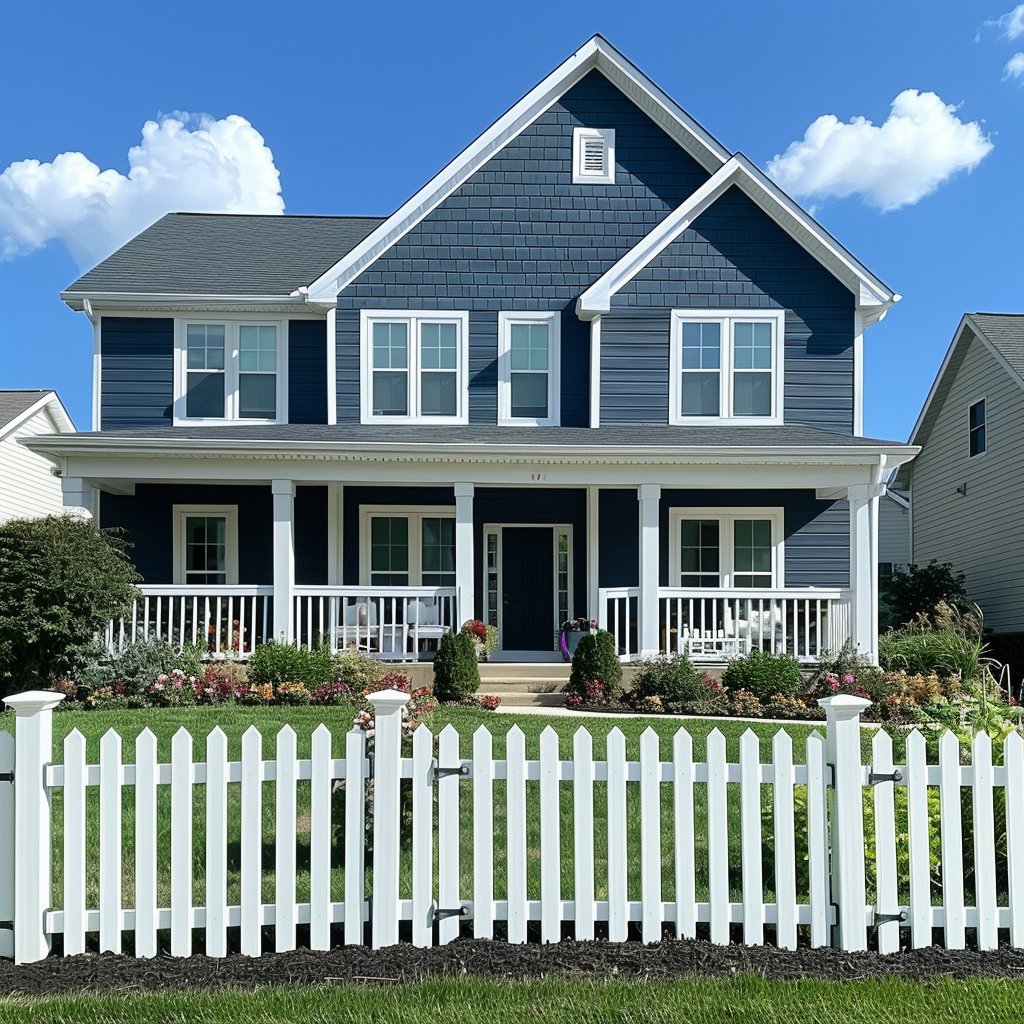
Enhance Your Property's Privacy, Security, and Curb Appeal with Durable, Low-Maintenance Vinyl Fencing When it comes to enhancing your property's curb appeal and ensuring privacy and security, choosing the right fence is crucial. For homeowners in Staten Island, New York, vinyl fences have become a popular choice due to their durability, aesthetic appeal, and low maintenance requirements. In this comprehensive guide, we'll explore the benefits of vinyl fences, why they are ideal for Staten Island properties, and tips for choosing the perfect vinyl fence for your home. Why Choose Vinyl Fences? 1. Durability and Longevity Vinyl fences are known for their exceptional durability. Unlike wood or metal, vinyl does not rot, rust, or warp. This makes vinyl fencing an excellent long-term investment, particularly in Staten Island's diverse weather conditions. Vinyl can withstand heavy rain, snow, and even the salty air from nearby beaches. 2. Low Maintenance One of the biggest advantages of vinyl fencing is its low maintenance requirements. Vinyl fences do not need painting or staining, and cleaning is as simple as hosing them down with water. This is a significant benefit for busy Staten Island homeowners who want a beautiful fence without the hassle of regular upkeep. 3. Aesthetic Appeal Vinyl fences come in a variety of styles, colors, and textures, allowing you to choose a design that complements your home's architecture and landscaping. Whether you prefer the classic look of a white picket fence or a modern, sleek design, there is a vinyl fence that suits your taste. 4. Eco-Friendly Vinyl fences are environmentally friendly as they are made from recyclable materials. Choosing vinyl over traditional wood helps reduce deforestation and minimizes your carbon footprint. Why Vinyl Fences are Perfect for Staten Island 1. Weather Resistance Staten Island experiences a range of weather conditions, from hot, humid summers to cold, snowy winters. Vinyl fences are designed to withstand these extreme conditions without deteriorating, making them a smart choice for the local climate. 2. Enhanced Privacy and Security In densely populated areas like Staten Island, privacy and security are top concerns for homeowners. Vinyl fences provide a solid barrier that enhances privacy and keeps unwanted intruders out, giving you peace of mind. 3. Increase Property Value A well-maintained, attractive vinyl fence can significantly boost your property's curb appeal and overall value. Potential buyers in Staten Island are likely to appreciate the aesthetic and practical benefits of a vinyl fence, making your home more appealing on the market. Tips for Choosing the Perfect Vinyl Fence 1. Consider Your Needs Before selecting a vinyl fence, think about your primary needs. Are you looking for privacy, security, or simply to enhance your yard's appearance? Your specific needs will help determine the height, style, and color of your fence. 2. Check Local Regulations Staten Island has specific regulations and codes regarding fence installation. Make sure to check with local authorities or a professional fencing company to ensure your fence complies with all local rules and regulations. 3. Choose a Reputable Installer While vinyl fences are relatively easy to install, hiring a professional ensures the job is done correctly and efficiently. Look for reputable fencing companies in Staten Island with positive reviews and a portfolio of completed projects. 4. Explore Customization Options Vinyl fences offer numerous customization options. You can choose from different heights, colors, and styles, including picket, privacy, and semi-privacy designs. Some manufacturers also offer decorative elements such as lattice tops and post caps to add a unique touch to your fence. 5. Budget Wisely While vinyl fences are a cost-effective option in the long run, the initial investment can be higher than other materials. Set a budget and explore different options within your price range. Remember that the long-term benefits often outweigh the upfront costs. Conclusion Vinyl fences are an excellent choice for Staten Island homeowners seeking a durable, low-maintenance, and attractive fencing solution. With their weather resistance, aesthetic versatility, and minimal upkeep, vinyl fences provide long-term value and enhance your property's appeal. By considering your specific needs, complying with local regulations, and choosing a reputable installer, you can enjoy the many benefits of a beautiful vinyl fence for years to come.
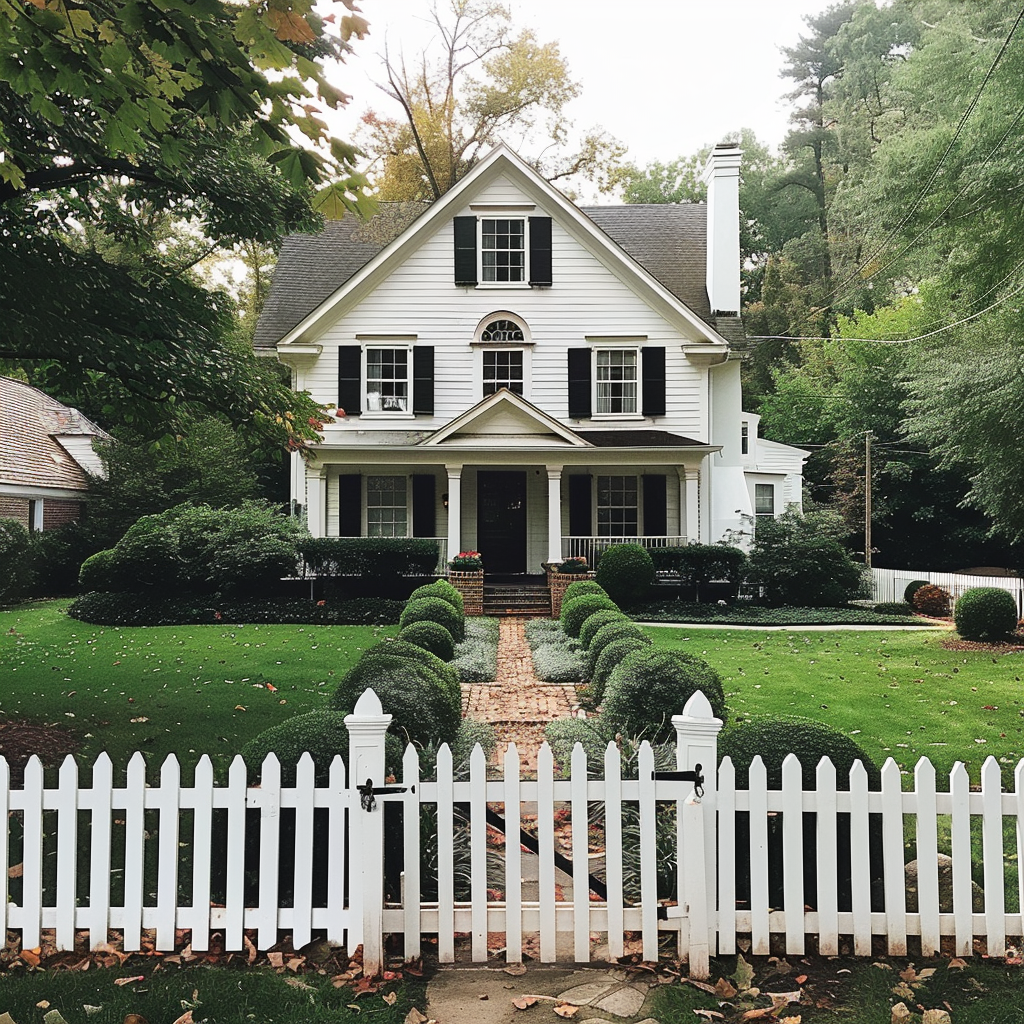
Discover expert advice on choosing the ideal fence for your Staten Island home. Our comprehensive guide covers key factors to consider, from materials and styles to functionality and budget. Make an informed decision that enhances your property's security, privacy, and curb appeal with our helpful tips.
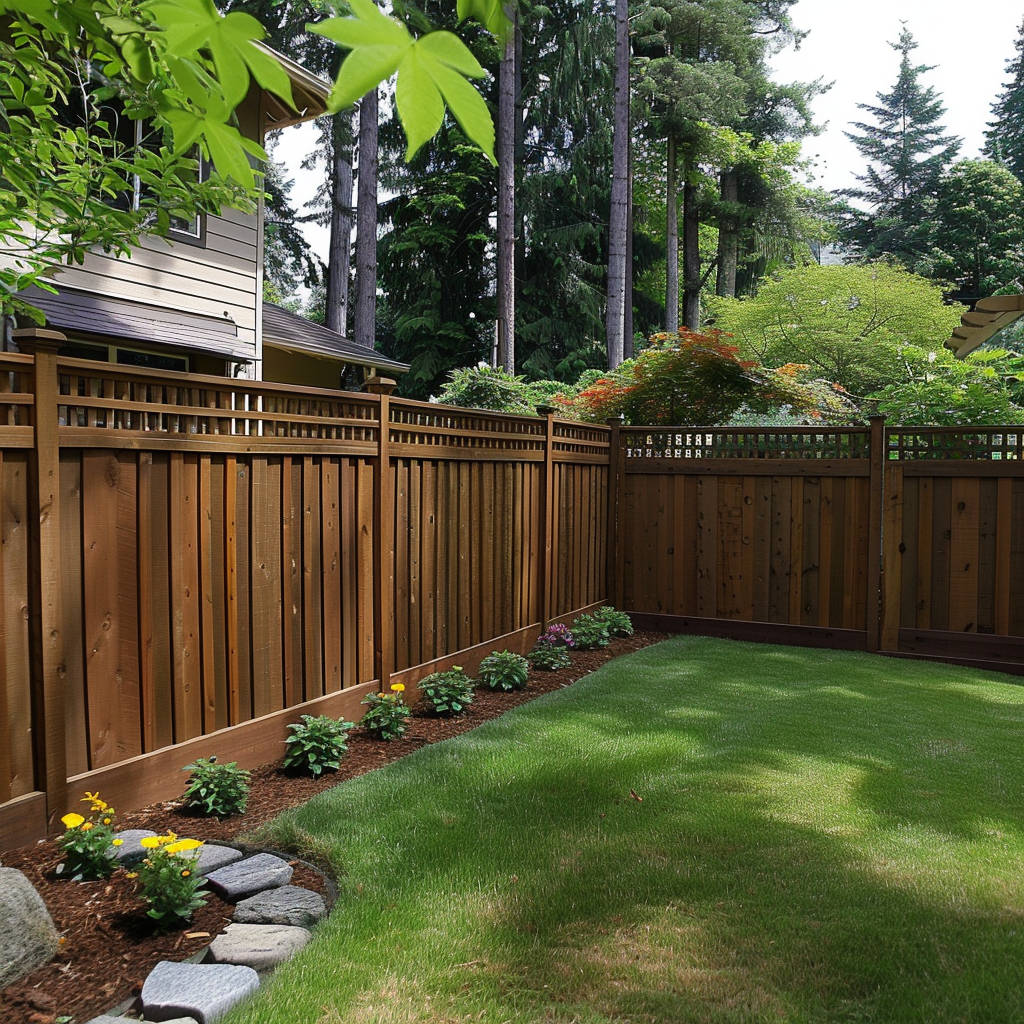
Discover the enduring allure and practical benefits of wood fences in our comprehensive guide. From their rich history to customizable design options and eco-friendly considerations, explore why wood fences remain a beloved choice for homeowners seeking timeless elegance and functional versatility in their outdoor spaces.

Experience the beauty and benefits of aluminum fences with our comprehensive guide. Discover why aluminum fences have become a popular choice for homeowners and property owners seeking durability, versatility, and aesthetic appeal. From construction and installation to maintenance tips and applications, explore the advantages of aluminum fences for residential and commercial properties alike. Learn how aluminum fences provide security, enhance curb appeal, and offer eco-friendly solutions for your outdoor space. Dive into our guide to unlock the full potential of aluminum fencing for your property.
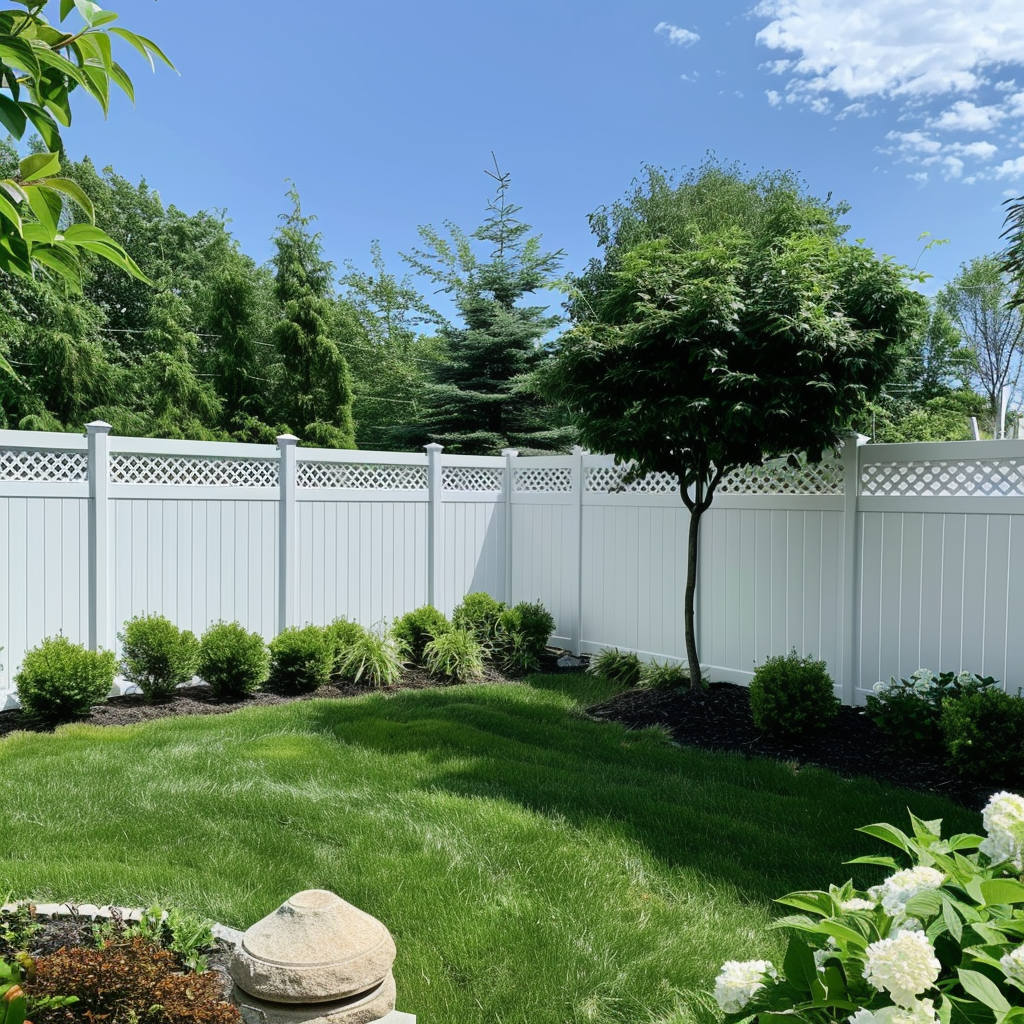
PVC fences offer a durable, low-maintenance, and versatile fencing solution for residential and commercial properties alike. With their long-lasting performance, aesthetic appeal, and environmental benefits, PVC fences are an excellent choice for homeowners seeking a stylish and practical fencing option. Whether you're looking to enhance the curb appeal of your home, create a private oasis in your backyard, or define boundaries for your commercial property, PVC fences offer unmatched durability and style. Consider investing in a PVC fence today and enjoy years of reliable performance and beauty for your property.
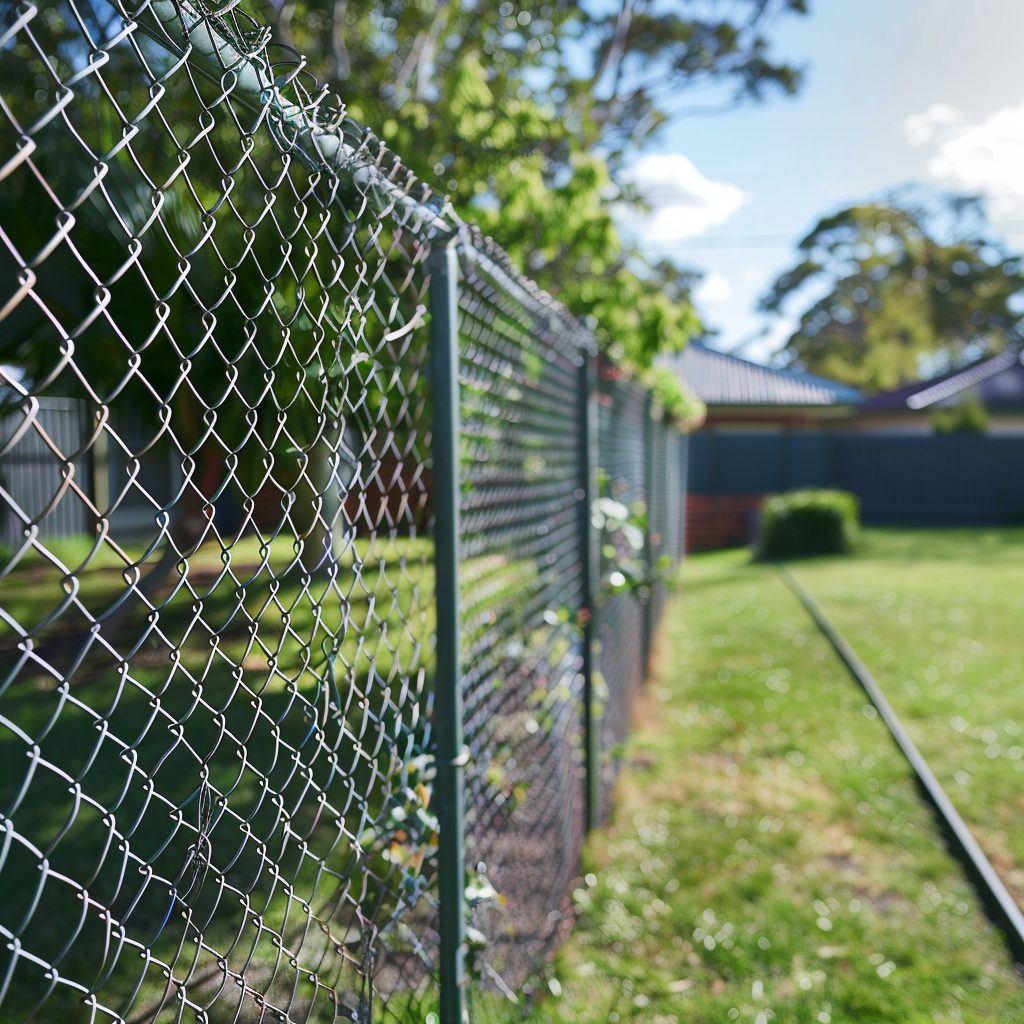
Unlock the versatility and benefits of chain link fences with our comprehensive guide. Learn about the construction, installation, and numerous advantages of these durable and affordable fencing solutions. From residential to commercial applications, discover why chain link fences are a popular choice for property owners seeking reliability, security, and cost-effectiveness. Whether you're enclosing your home, securing a business, or defining boundaries for recreational areas, chain link fences offer a practical and versatile solution. Invest in a chain link fence today and enjoy years of reliable performance and peace of mind for your property.
